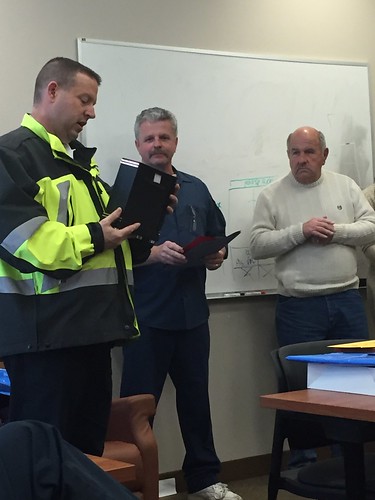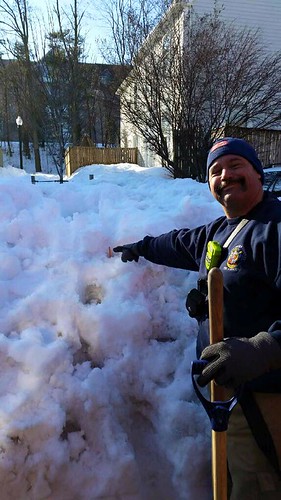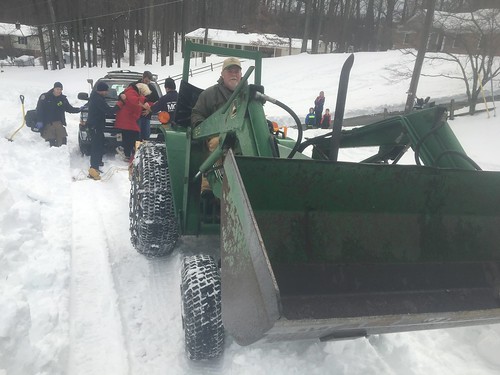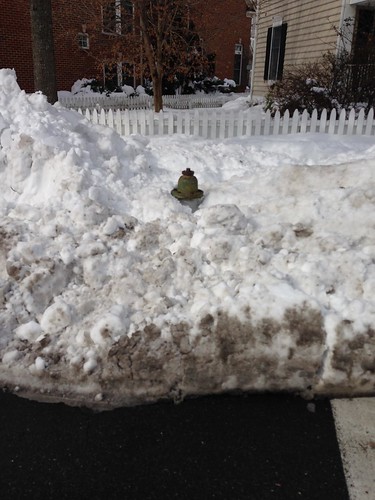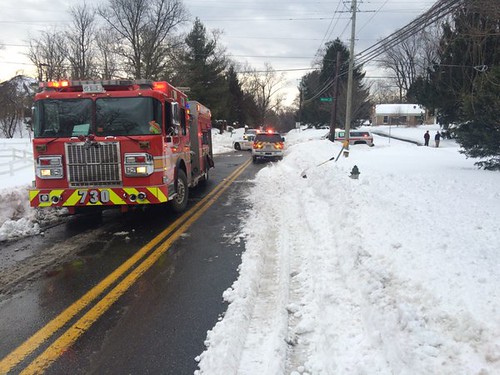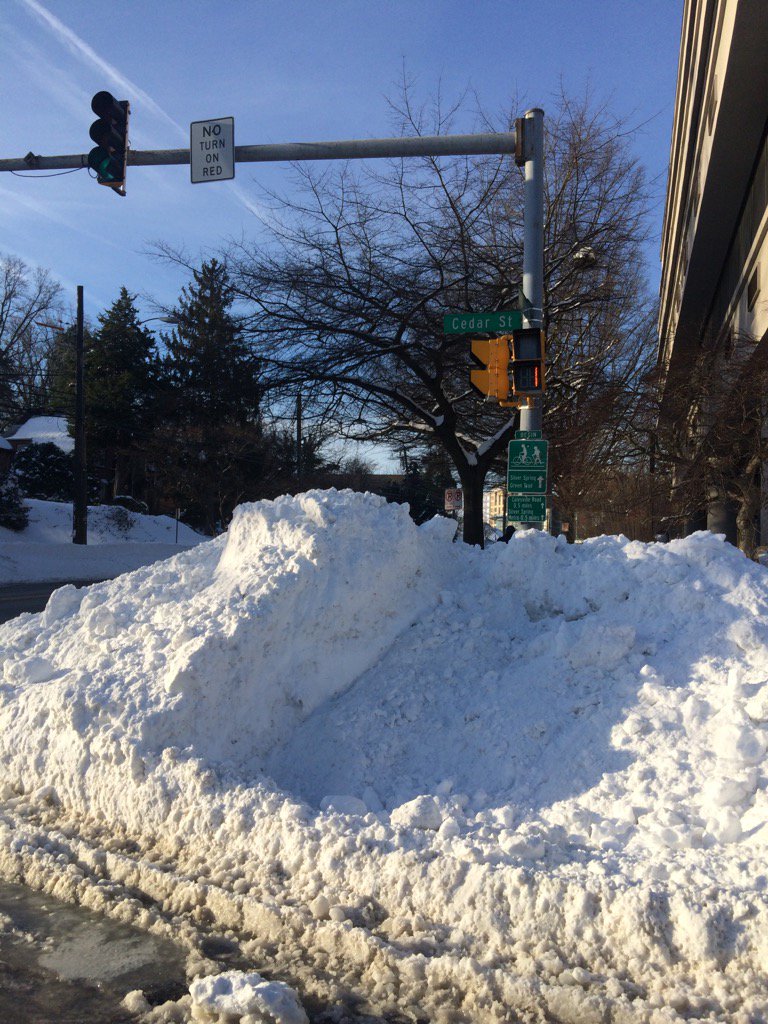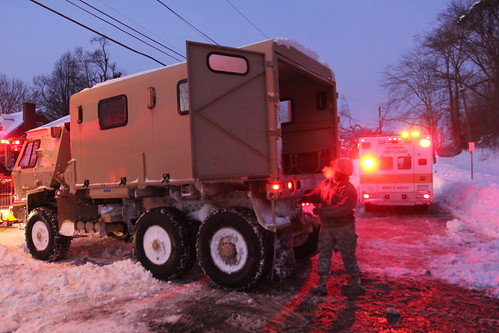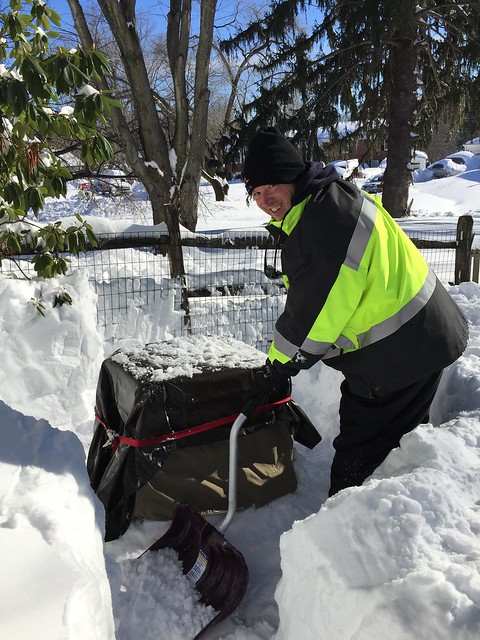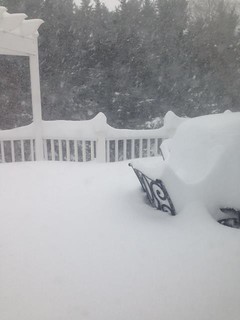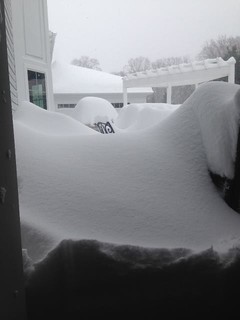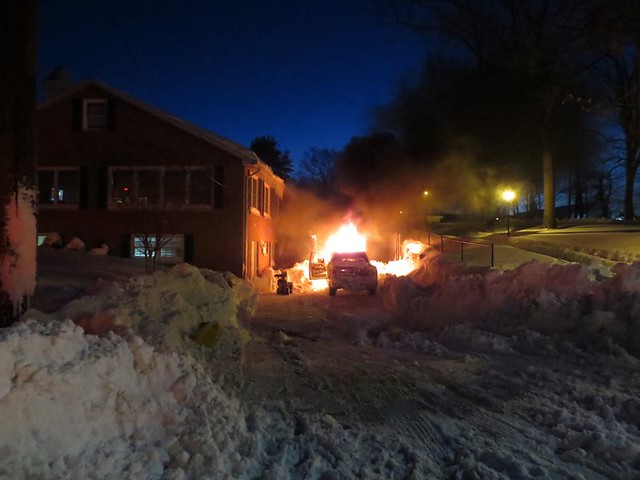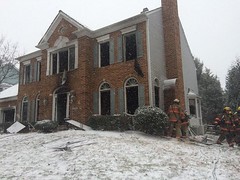You’re probably already aware of the risks posed by warm weather and leaving pets in hot cars, but did you know that cold weather also poses serious threats to your pet’s health? As activities resume following the blizzard, below are some tips to keep your pets safe during cold weather:
1. Stay inside. Dogs and cats should be kept inside during extremely cold weather. Many people
believe that dogs and cats are resistant to cold weather because of their fur but that’s not the case. Like people, dogs and cats are susceptible to frostbite and hypothermia and should be kept inside. Longer-haired and thick-coated dog breeds, such as huskies and other dogs bred for colder climates, are more tolerant of cold weather; however no pet should be left outside for long periods of time in below-freezing weather.
2. Wear a jacket. If you plan on being outside for longer periods with your dog, be sure that he can handle the cold. Some dog breeds have thick coats that are made for cold weather. If your dog has a thinner coat, consider buying them a sweater or jacket.
3. Check paws. Wipe off paws after coming inside. Whether your dog’s paws have collected salt, sand, or clumps of snow, it’s important to clean them immediately when coming inside. Some salts or de-icing chemicals can burn your dog’s paws.
4. No Frozen Dinners. Fresh water is vital for maintaining your pet's health. Keep an eye on food and water bowls and make sure any outdoor bowls haven’t frozen.
5. Avoid ice. When walking your dog, stay away from frozen ponds, lakes and other water and always keep a leash on your dog. If your dog breaks through the ice it could be deadly. And if this happens and you instinctively try to save your dog, both of your lives could be in jeopardy.
6. Keep an ID tag on your pets. It is easier for pets to become lost during the winter months when snow and ice cover up scent trails that they use to find their way home.
7. Road Hazards. Keep a close eye on your pets when they head outside. Pets are naturally curious and this can be especially dangerous when there are harmful chemicals outside. Antifreeze is one of the most common toxicities that affect dogs and outdoor cats. If ingested, antifreeze can be deadly.
8. Pet-estrian Safety. Many sidewalks are still snow covered. Take extra care when walking your best friend and keep all dogs on leashes to ensure their safety.
9. Emergency Preparedness. Just as you plan for your family’s emergency/disaster supply kit, be sure to include your pet’s needs. This kit should include your pet’s medical records, water, food, medications and a fully stocked pet first aid kit.
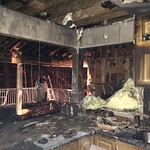 At approximately 9 PM last night (January 30) MCFRS units were dispatched to a reported house fire in the 100 block of Park Avenue in Takoma Park. Upon arrival firefighters found fire in the basement, 1st floor and deck of a 2 ½ story Cape Cod style home.
At approximately 9 PM last night (January 30) MCFRS units were dispatched to a reported house fire in the 100 block of Park Avenue in Takoma Park. Upon arrival firefighters found fire in the basement, 1st floor and deck of a 2 ½ story Cape Cod style home. 

